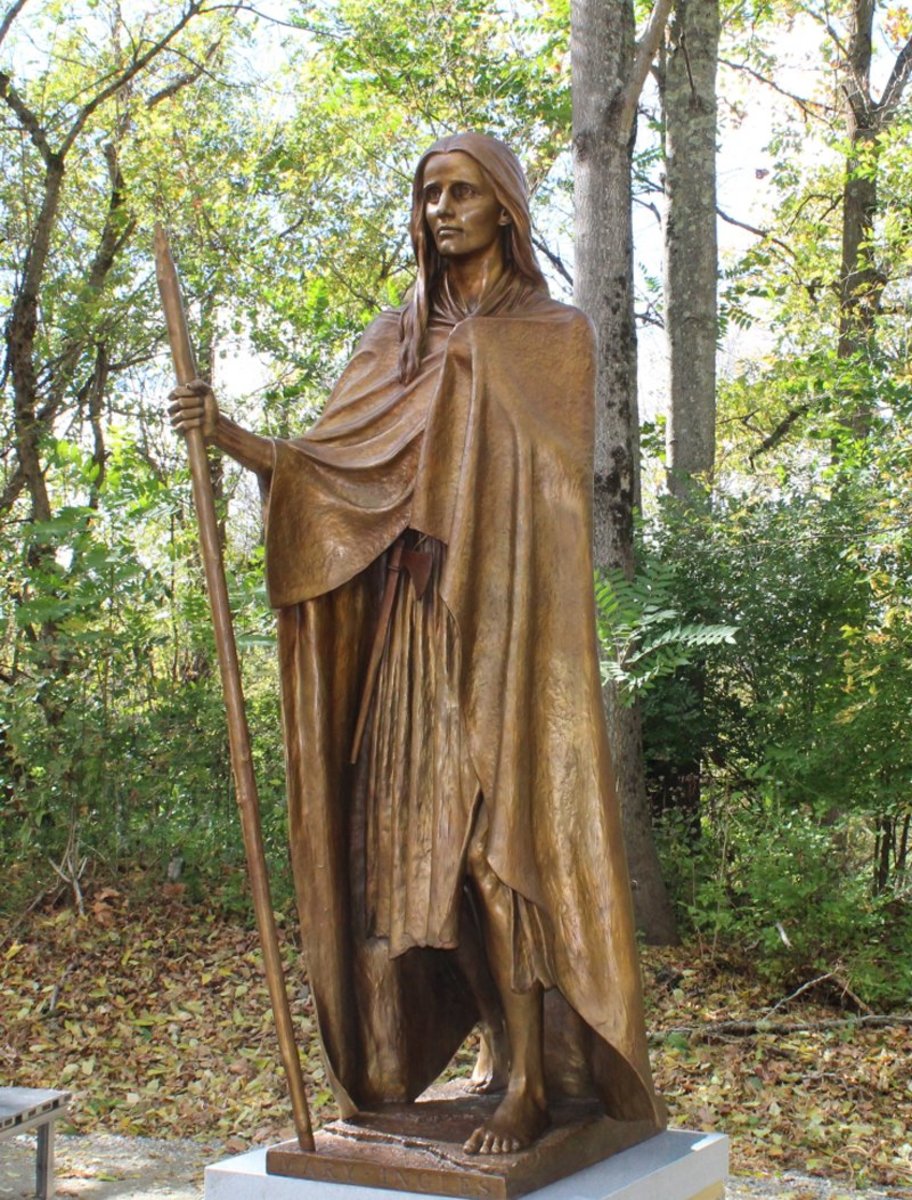- HubPages»
- Education and Science»
- History & Archaeology»
- History of the Americas»
- American History
Important Dates in U.S. Post Office History Timeline: Colonial Times -1869; Postal Mail Delivery Services
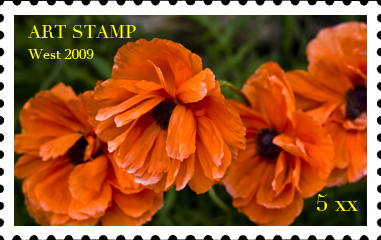
Most of us take the postal service for granted; after all, it has never been an issue of having or not having it. It's always been there. We even complain about the increases in the postal rates, but there are very few, if any, services that we pay so little for. Think about all the payments you have sent in by mail, and then imagine if you had to hand deliver each of those payments. We save money on time and gas for those few cents we have to pay for the delivery of each of those payments.
So, let’s take a look at the history of the United States postal service.

Sea Captains Carried Mail Overseas
In early colonial times, if someone wanted to mail a letter, their only choice was to deal with a mail service that was erratic and totally unregulated, hoping that their letter made it to its' final destination. Those individuals who were fortunate to have access to a seaport would give their letters to captains of merchant ships to deliver to friends and family overseas, all for the price of a penny. Mail arriving from overseas, being delivered by these same sea captains, would be left in seaport establishments, such as taverns, where the addressees would then pick them up. As time passed, Richard Fairbanks’ Tavern in Boston, Massachusetts was officially designated as the repository for all overseas mail in 1639. This was done in order to regulate the overseas mail, and was the very beginning of the postal system that we have today.
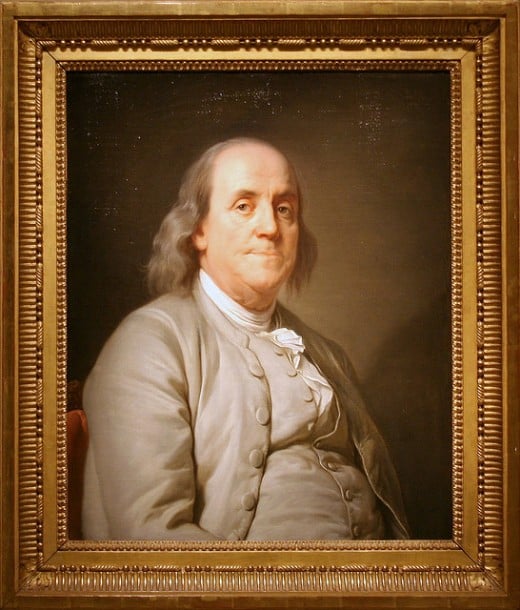
Overland Postal Routes Begin
In 1672, postal service was established between New York City and Boston, Massachusetts. It was the first time that mail was carried between two cities, and the first time that mail was carried overland by mounted couriers.
Benjamin Franklin began serving as Philadelphia’s postmaster in 1737; and later served as the deputy postmaster general. During this time, he designed new shorter postal road routes, and implemented the use of stagecoaches to carry mail. Between the years of 1737 through 1774, he set-up postal service routes between Maine and Florida, and also between New York and Canada. In 1775, Benjamin Franklin became the first Postmaster General under the Continental Congress administration.
Samuel Osgood was appointed by President George Washington as the first Postmaster General under the United States Constitution in 1789. At the time that he assumed office, the postal system was comprised of 2,400 miles of postal roads and 75 post offices.
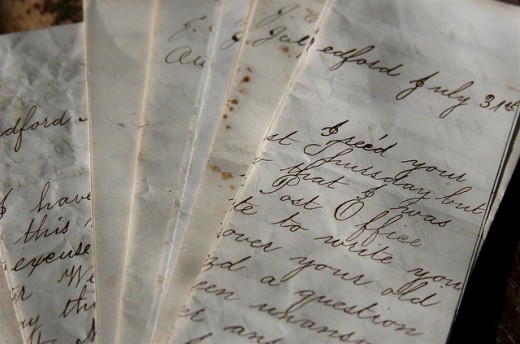
Death Penalty for Mail Theft
In 1792, stealing mail was considered to be such a serious crime, Congress ruled that the death penalty was to be given for its’ theft.
Up until the early part of the 19th century, an envelope was not used. A letter was simply written on a single sheet, then folded and the address was written on the outside. And, between 1816 and 1845, a letter comprised of one piece of paper would cost 25 cents to mail, and the recipient paid the postal carrier 2 cents for each letter they received. Imagine that! Not only having to pay to mail a letter, but also having then to pay to receive letters. And at that time, 25 cents was a lot of money.
A "dead letter office" was established in 1825 for mail that could not be delivered. These "dead letter offices" are now called “mail recovery centers”. At these centers, if the rightful owner of the mail cannot be identified, the mail is destroyed. Valuable found in the mail are recovered and sold at auction.
In 1829, the Postmaster General received the honor and prestige of becoming a part of the presidential cabinet.
The first postage stamps using adhesive were approved by the United States post office in 1847.
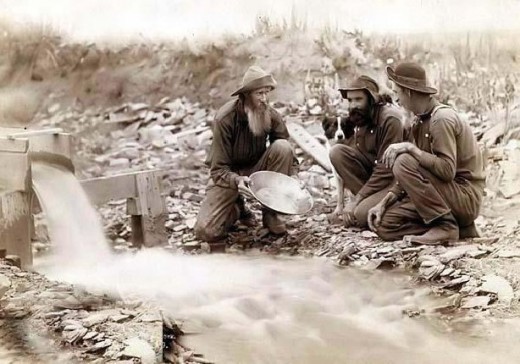
Gold Rush Brought New Challenges
With the advent of the California Gold Rush in 1849, and more people moving to California, it became imperative to find a way to swiftly get mail between the east and the west coasts. This was accomplished by the use of steamships going through the Isthmus of Panama. It was considered a great improvement when mail between the east and the west coast only took 20 days. The steamship also made stops in New Orleans and Havana.
In 1855, a registered mail system was set up. This system was established to provide a secure mail service that would ensure swift and uncompromised delivery of the mail. Each mail item’s route is tracked and the mail must be signed for upon delivery.
It also became mandatory, in 1855, that all mail must have stamps, therefore, proving prepayment of the postage. Prior to this, the sender could just send the letter without postage attached, requiring the receiver to pay for the postage upon receipt. Many times the receiver refused leaving the postal service no way of recouping losses for services rendered.
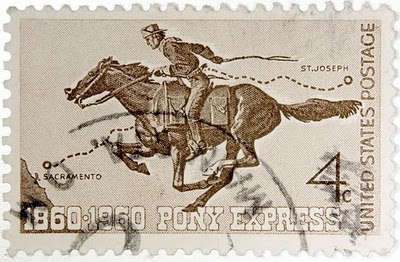
The Pony Express
The pony express was established in 1860. The pony express was able to travel 2,000 miles in 10 days to deliver mail between Saint Joseph, Missouri and San Francisco, California utilizing 190 way stations. This service did not come cheap. It cost $5 per ounce! Overland mail for this same trip took twice as long. But the completion of telegraph connections in 1861 put the pony express riders out of business.

Railroads are Used to Transport Mail
Mail services utilizing the railroad system was established in 1863. Plus, free mail delivery was established in 49 large cities. Also in 1863, standard postage rates were set up regardless of distance. Prior to this, distance was the determining factor for cost.
The postal money order system was established in 1864 to allow people to more easily transfer money from place to place domestically.
In 1869, the railroad system was able to provide 7 day service between New York City and San Francisco, California. This was a vast improvement over the 20 day service provided by steam ship since 1849. The trip by train, rather than through the isthmus of Panama, also eliminated the disease risks that were taken when having to pass through the jungled areas.
Also, in 1869, the foreign and international money order system was established.
As you can see this time period beginning in the colonial times required constant adaptations as people expanded across this vast nation. There were changes that impacted the postal system positively such as the railroads and stage coaches. And changes that impacted the mail system negatively such as the telegraph.
To read more about important dates in U.S. postal history, check out the next article in this series by clicking here. This article covers the time period between 1870 through World War II.
And, then the last article in the series of important dates in U.S. postal history, can be found by clicking here. This article covers the time period beginning in 1945 and proceeds to the present.
All Rights Reserved
Copyright © 2011 Cindy Murdoch (homesteadbound)

Your Future is Waiting! Do you feel you have great information or stories to share with others? Sign Up Here. . . It’s quick, easy and free to join HubPages!







